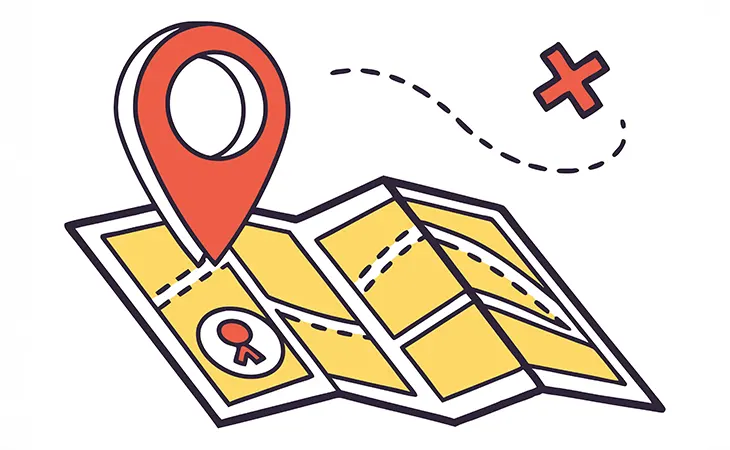A Website That Doesn’t Bring Leads Is Just an Expensive Business Card
Let’s not sugarcoat it. You built a website because you thought it would bring in customers. But here’s the cold truth: most small business websites don’t generate squat. They sit there like a forgotten billboard on the side of I-95. If you’re wondering why most small business websites fail, the answer is simple: they’re built wrong, managed wrong, and marketed wrong.
I’ve been around long enough to see the same mistakes repeated in Broward, Miami, and New York. Mom-and-pop shops think a Facebook page is enough. Contractors think tossing a phone number on a single page will flood their phones. Then they wonder why they’re still chasing leads instead of having leads chase them.
Mistake 1: No Clear Call to Action
People land on the site, but then what? A button hidden at the bottom of the page isn’t enough. If your goal is calls, then the phone number better be bold and click-to-call ready on mobile. If your goal is quotes, then the form better be front and center, not buried three clicks deep.
We once worked with a garage repair company in Broward that got traffic but almost no calls. Their “Contact Us” button was gray on a gray background. We redesigned the page, slapped a bold orange “Schedule Service Now” button at the top, and calls jumped 40% in two weeks.
Mistake 2: Slow Loading Times
If your site takes more than 3 seconds to load, forget it. People bounce. And Google ranks you lower. Why most small business websites fail? Because nobody waits around in 2025.
Run your site through Google PageSpeed Insights. If it’s in the red, you’re losing leads before they even see your content. The fix is hosting, caching, compressing images, and sometimes rebuilding from scratch. (We wrote more about this in How to Improve Website Speed Without Breaking Everything).
Mistake 3: Outdated Design That Kills Trust
I can’t stress this enough: looks matter. If your site looks like it hasn’t been updated since 2014, people won’t trust you with their credit card. That’s just the reality.
One client had “Copyright 2015” at the bottom of their site. Outdated stock photos. No SSL. It screamed “out of business.” Once we gave it a modern facelift and added trust signals like reviews and badges, leads came in steady.
Mistake 4: Weak SEO and No Local Presence
Even the best-looking website is useless if nobody finds it. Why most small business websites fail often comes down to weak SEO. No keywords in titles. No local pages. No Google Business Profile optimized.
We covered this in How to Rank Higher on Google Maps. If you don’t appear when someone searches “plumber near me” or “restaurant Pembroke Pines,” you might as well be invisible.
Mistake 5: No Follow-Up System
Let’s say you get a lead, now what? If you’re not automating follow-ups by email or text, those leads go cold fast. Small businesses without CRM tools or even simple auto-responders lose more sales than they know.
Final Thoughts
The reason why most small business websites fail is simple: they’re treated like a one-time project instead of a living sales machine. If you want leads, your site needs speed, trust, visibility, and consistent updates. Otherwise, you’ve just got a pretty brochure nobody sees.
Further Reading
Want to understand more about why most small business websites fail and how to fix yours? Start here:
- Rocket Web Designer – Your Website Was Fine 5 Years Ago But The Internet Moved On
- Rocket Web Designer – Signs Your Website Is Scaring Away Customers
- BrightLocal – Local Business Website Statistics
- Search Engine Journal – How Websites Generate (and Lose) Leads
Ready to Fix Your Website for Good?
Let's Grow Your Business Online
From websites to automation, we’ve helped 100+ business owners grow online



